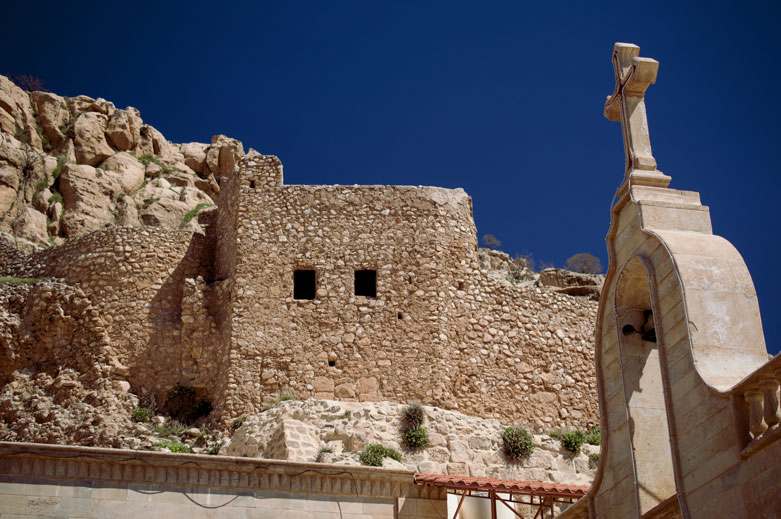News
22 августа 2017 года
Eight sacred places to visit in Kurdistan

There are eight places you must see to understand the spiritual significance of the Kurdistan Region to the Muslim majority as well as the Yezidi (Ezidi), Assyrian, Chaldean, and Syriac minorities for whom this is also an ancient and sacred motherland.
Lalish
Lalish is the holiest place to the Ezidis, and its natural and architectural landscape has powerful symbols of the Abrahamic, Zoroastrian, and indigenous Mesopotamian elements in their religion.
Takiye Sheikh Abdulaziz
This shrine and takiye — a gathering place for Sufi worship — is dedicated to Sheikh Abdulaziz, who fought alongside Salahaddin in the latter’s victory over Jerusalem. Sheikh Abdulaziz was the son of Sheikh Abdulqadir Gailani, the most revered leader of Sufism in Iraq and Kurdistan, and died in 1205 CE.
Shrine of Nathan
Nathan the Elkoshite was a biblical figure who prophesied the destruction of Nineveh, so it is no surprise that at the edge of the Nineveh plains, the village of al Qosh, where his shrine is revered, is found.
Although no Jews lived in al Qosh by the mid-19th century, and it was neither associated with a Jewish school nor synagogue, the shrine had strong links with the Jewish community.
Shops and sleeping quarters were built next to it for the crowds of Jewish pilgrims who came annually during Shavuot. When these became full, the Jewish traveler Benjamin II noted in 1859 that the Christians would host the Jewish families in their own homes.
Today, the abundant but worn out Hebrew inscriptions are silent testimonies to the sanctity of the site to Jews, and still bear witness to the occasional Jewish pilgrim who ventures to make a prayer. The keys are kept by a Christian man who lives next door named Nasir, who inherited the keys from his father and grandfather before him.
Monastery of Saint Matthew
The ancient Monastery of Saint Matthew has a tragic history, but located on a mountaintop and overlooking the Nineveh plains, it is also a powerful testament to Christian presence and resilience.
Considered one of the oldest surviving Christian monasteries in the world, it is located on a mountain known to the Christians as the “Mountain of the Thousands,” due to the thousands of reclusive monks who lived there at its busiest times.
Jalil Khayat Mosque
Completed in 2007, it is the largest mosque in Erbil. The construction began under Jalil Khayat, to serve up to 2,000 worshippers. However, he died in 2005, and his sons completed it in his memory.
Shrine of Daniel
This ancient biblical shrine in Kirkuk is associated with the prophet Daniel. It has been a center for Jewish, Christian, and Muslim worship for millennia. Today, it is part of a mosque and is cared for by Sheikh Farooq, whose position has been passed down for generations.
Hiran Shrines
Located in a secluded village, Hiran is a cemetery complex for Sufi leaders centered around a system of rock-cut tombs in caves. The Sufi community gathers en masse at the site on major holidays, and pilgrims visit throughout the year to pay respects and pray.
Monastery of Mar Bena Qadisho
Located in the Christian village of Armota at the edge of Koya, this monastery was first built in 364 by Saint Banham’s followers. However, it was destroyed in 1988 during the genocidal campaign in the region by Saddam Hussein.
Source: kurdistan24.net

